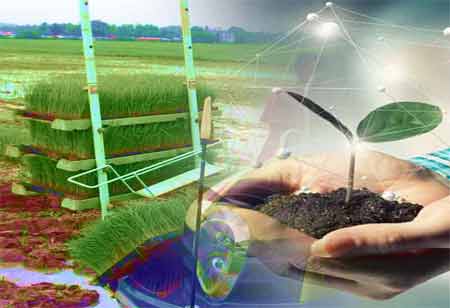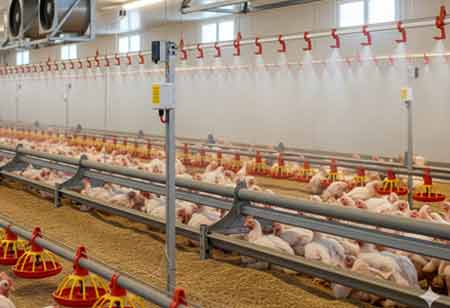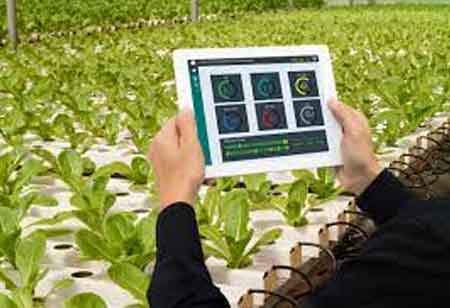Thank you for Subscribing to Agri Business Review Weekly Brief
Farming Leveraging Automation
The agricultural landscape is undergoing a seismic shift as automation takes center stage, promising to redefine the future of farming.

By
Agri Business Review | Thursday, January 09, 2025
Stay ahead of the industry with exclusive feature stories on the top companies, expert insights and the latest news delivered straight to your inbox. Subscribe today.
Automation on farms enhances agricultural efficiency, sustainability, and profitability, demonstrating resilience and adaptability in the sector and paving the way for a brighter future.
FREMONT, CA: The agricultural landscape is undergoing a seismic shift as automation takes center stage, promising to redefine the future of farming. Driven by a confluence of economic pressures and a commitment to sustainability, the industry is embracing a new era of technological innovation.
The trends driving automation on the farm are a testament to the agricultural sector's resilience and adaptability. As farmers face economic and environmental challenges, automation is a pivotal solution, offering a path to enhanced efficiency, sustainability, and profitability. The future of farming is not just about producing more with less; it's about being more innovative, and automation is the key to unlocking this potential.
Here's a look at the key trends propelling the automation revolution in agriculture.
Economic Pressures Catalyzing Change
Farmers worldwide are grappling with soaring input costs, with prices for essentials like fertilizers and crop protection chemicals skyrocketing by 80 to 250 percent in recent years. Labor challenges further compound these economic woes, making automation not just a technological advancement but a financial imperative.
Climate Change: A Call to Action
The specter of climate change looms large over the fields, with increased weather variability, longer droughts, and new invasive species threatening yields. In regions like the American Southwest, megadroughts have brought about the driest conditions in over a millennium. Automation offers hope, enabling farmers to adapt to these climatic adversities while mitigating their environmental impact.
The Spectrum of Autonomous Solutions
Today's autonomous farming solutions range from semi-automated technologies like assisted steering to fully automated systems like weeding robots. These innovations replace human labor and augment human decision-making with sensors, analytics, robotics, and equipment that enable more innovative, efficient farming practices.
Generative AI: The Next Frontier
Recent developments in generative AI present exciting opportunities to automate decision-making using vast data sets. This could revolutionize strategic planning for farmers, advising on the optimal application of inputs to maximize profitability and sustainability.
The Value Proposition
Automation isn't just about cutting costs; it's about enhancing value. For instance, fully autonomous applications in orchards and vineyards can deliver over $400 per acre per year in value, significantly boosting returns on investment in automation.
Adoption Hurdles and Incentives
Despite the clear benefits, adoption rates for next-generation technology still need to improve, with less than 5 percent of farmers using such systems compared to 21 percent utilizing farm management software. However, the dual pressures of farm economics and the push for sustainable practices will likely accelerate adoption.





